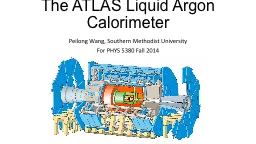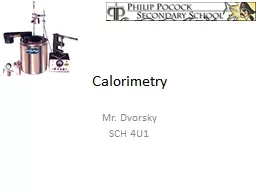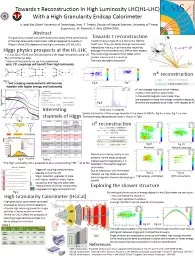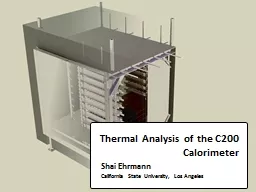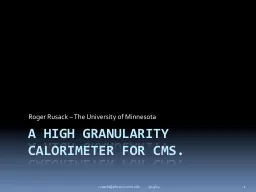PPT-Calorimeter design at ILC
Author : natalia-silvester | Published Date : 2020-01-21
Calorimeter design at ILC with staging at 250GeV CHEF 2017 1 Running ILC at 250 GeV What does it change for ECAL design JeanClaude BRIENT L aboratoire L eprince
Presentation Embed Code
Download Presentation
Download Presentation The PPT/PDF document "Calorimeter design at ILC" is the property of its rightful owner. Permission is granted to download and print the materials on this website for personal, non-commercial use only, and to display it on your personal computer provided you do not modify the materials and that you retain all copyright notices contained in the materials. By downloading content from our website, you accept the terms of this agreement.
Calorimeter design at ILC: Transcript
Download Rules Of Document
"Calorimeter design at ILC"The content belongs to its owner. You may download and print it for personal use, without modification, and keep all copyright notices. By downloading, you agree to these terms.
Related Documents



